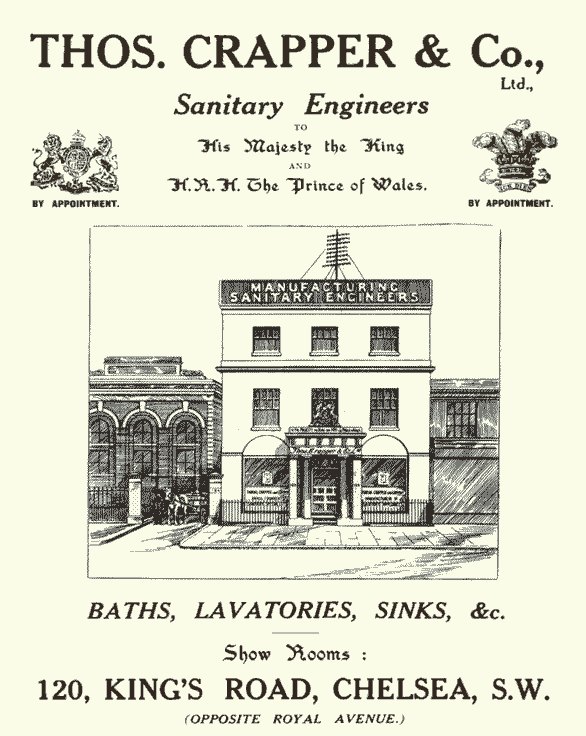The throne and the British throne have been linked for centuries. From John Harington’s associations with Queen Elizabeth and flush toilets to Thomas Crapper’s lavatory attendance to Edward VII, muckety-mucks mingled with muck.
John Harington raised Queen Elizabeth’s hackles. She initially supported his writing, but he often overstepped the bounds of taste. In lieu of removing him from the royal court, she assigned him to translate Orlando Furioso, an Italian epic poem. He could not rejoin the court until it was completed. As he worked on the poem, he also developed a flushing toilet. “Jakes” was slang for the toilet, so he named his work Ajax. Harington completed the translation in 1591. In 1596, he published A New Discourse upon a Stale Subject: The Metamorphosis of Ajax. The story of his invention served as an allegory for the stercus (Latin for crap) that provided society’s ills. The name Harington may not be as popular as his first name. The john is named after him.
Prince Albert spoke highly of George Jennings. (Insert your own Prince Albert in the can joke here.) Jennings promoted public sanitation, with an emphasis on sanitation. He designed an underground public convenience lined with ceramic tiles. His Monkey Closets in the Retiring Rooms of the Crystal Palace were a hit at the Great Exhibition of 1851. Attendees could spend one penny for a clean seat, a shoeshine, and a towel. The cost became the bathroom phrase “to spend a penny.” On August 23, 1852, Jennings patented an improved flush toilet that ensured that there would be water in the bowl.
Thomas Crapper held the name most synonymous with toilets. His most significant contribution to toilet engineering was through the floating ballcock, but mostly he had the name. Prince Edward contracted Crapper & Co. to outfit thirty lavatories in Sandringham House in Norfolk. The company continued to provide plumbing for Westminster Abbey, Windsor Castle, and Buckingham Palace. Although crap as waste dates back to Middle English and appeared as poop in the Oxford English Dictionary in 1846, the crapper is said to have originated when American soldiers stationed in Britain in WWI saw the name on privies and would “go to the Crapper.”
Harrington, Crapper, and Jennings improved our toilets, mingled with monarchs and made their mark on how we speak about going to the john, the crapper, or spending a penny. These inventors should be flushed with success.



There are no voices yet... Post-script us a message below, won't you?